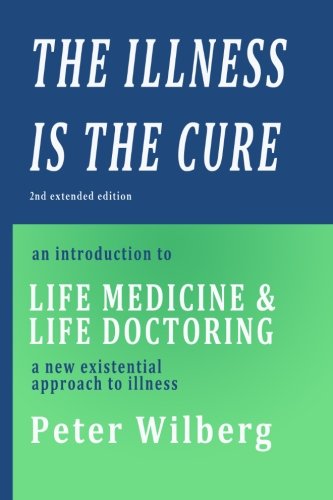Basic Guides to Self-Healing
- Give yourself time to be aware of your immediate bodily sensations of any state of illness or dis-ease. Ask yourself and become more aware of where and how you feel your dis-ease in your body.
- Remind yourself that the pure awareness of any sensation, emotion or thought – however painful – is not itself a sensation, emotion or thought, and is innately pain free.
- Staying aware of any localised sensation or symptom, remind yourself that it is itself an awareness of some aspect of your life-world and relationships that is a source of unease or ‘dis-ease’.
- Wait until a spontaneous awareness arises of what specific aspect of your life-world it is that the sensation or feeling of dis-ease embodies – and is itself an awareness of.
- Grant awareness to one localised sensation or feeling of dis-ease or discomfort after another, staying with it long enough until it too recalls you to some specific aspect of your life world, present, past or future.
- Take time to follow this process through – making sure you attend to every region of your body in the process – until your overall sense of dis-ease lifts and your overall sense of self and body alters – transformed by the very awareness you are granting it.
2.
Cultivating Whole-Body Awareness of Dis-ease
- Remember: only through awareness of your body as a whole can you gain and maintain a sense of your self as a whole – your ‘soul’.
- When you feel ill therefore, do not focus solely on your symptoms – on localised sensations, thoughts or emotions – but instead seek to maintain a sense of your body, self and life as whole.
- If you feel yourself suffering from what you think of as a purely ‘mental’ or emotional state, remember that every such state is always accompanied by a particular bodily sense of yourself.
- Conversely therefore, even if your symptoms seem to be purely bodily, attend also to the thoughts and emotions that tend to accompany them – for these will give you the best clue to the underlying life-problem that they symbol ise.
- Understand too, that any mental, emotional and bodily state that you experience when you feel ill is at the same time a ‘self state’ or ‘body identity‘ – a particular bodily way of feeling yourself – who you are.
- Attend therefore, not only to the way your symptoms ‘make you feel’ but to the way they make you feel – the overall sense of self or ‘body identity’ that accompanies them.
- If you can, choose to fully feel and indeed even amplify any felt sensations of dis-ease or sickness symptoms rather than seeking to suppress them.
- Trust that any mood or feeling, sense of dis-ease or bodily symptom – if it is given enough time to be fully felt, amplified and inwardly followed – will in time automatically transform itself into a new feeling, a new sense of your body and a new bodily sense of self or ‘body identity‘ – one now free of the need to embody or ‘somatise’ itself through symptoms of one sort or another.
Note:
The lack of
whole-body awareness as
such
in our generally mind and head-oriented culture is itself a type of
basic social pathology –
one that is not resolved through simply placing equal emphasis on the
heart and emotions as well as on the head and intellect. For both
thoughts and emotions are experienced in localised ways and in
localised regions of the body. Authentic whole-body awareness on the
other hand, is comparable to the awareness of one’s body as whole –
from top to toe, inside and outside –
that is experienced in the womb, and that also arises when, for
example, one enters and comes to rest in a hot bath. Maintaining
whole body awareness means that this sensation of warmth pervading
one’s whole body –
and maintaining one’s awareness of it
– persists
unbroken, throughout the day. Put in other words the body as a whole
–
though having long left the warm and fluid waters of the womb –
is itself experienced as a safe, fluid and warmth-filled womb of the
self.



No comments:
Post a Comment